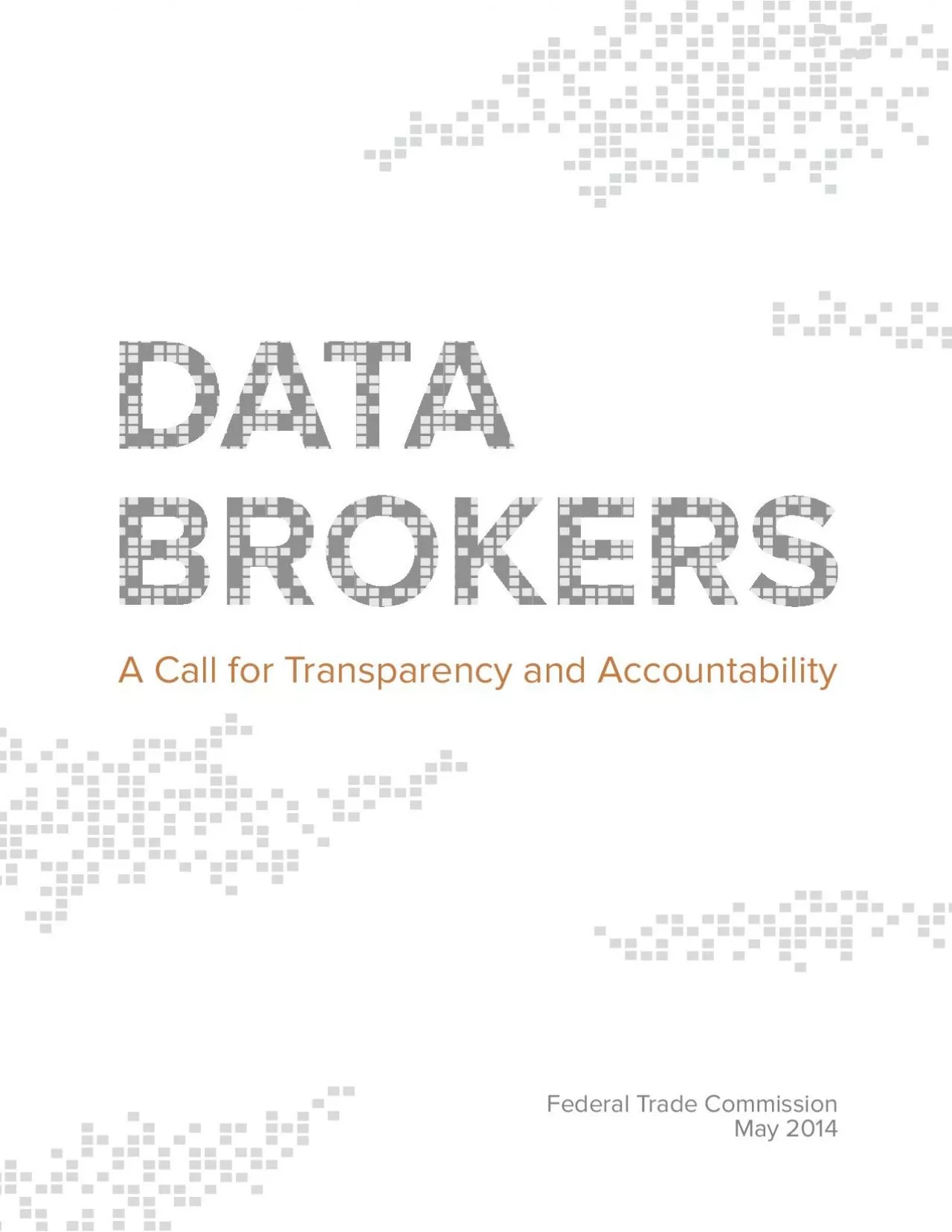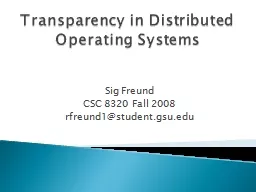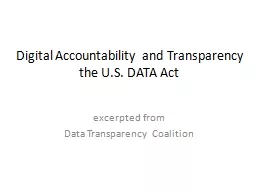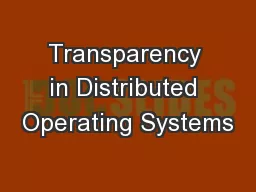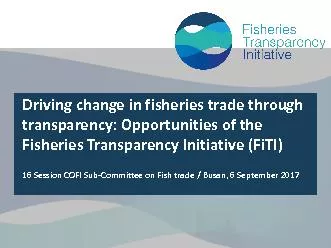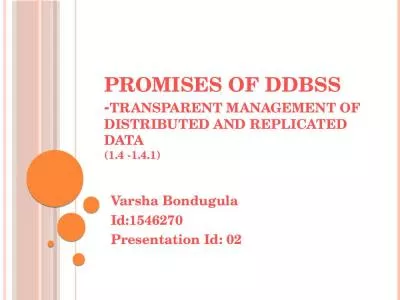PDF-Data BrokersA Call for Transparency and AccountabilityFederal Trade Co
Author : cora | Published Date : 2021-09-26
TARYBackgroundThe Commission146s Past E31orts to Improve Transparency of Data Broker PracticesData Broker StudyPublicly Available Sources Including Social Media
Presentation Embed Code
Download Presentation
Download Presentation The PPT/PDF document "Data BrokersA Call for Transparency and ..." is the property of its rightful owner. Permission is granted to download and print the materials on this website for personal, non-commercial use only, and to display it on your personal computer provided you do not modify the materials and that you retain all copyright notices contained in the materials. By downloading content from our website, you accept the terms of this agreement.
Data BrokersA Call for Transparency and AccountabilityFederal Trade Co: Transcript
Download Rules Of Document
"Data BrokersA Call for Transparency and AccountabilityFederal Trade Co"The content belongs to its owner. You may download and print it for personal use, without modification, and keep all copyright notices. By downloading, you agree to these terms.
Related Documents

